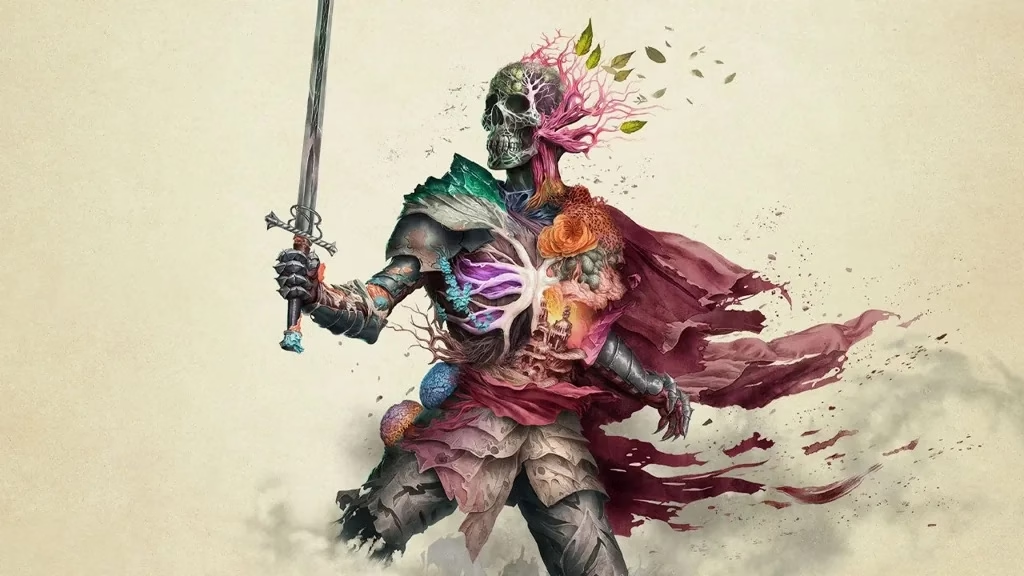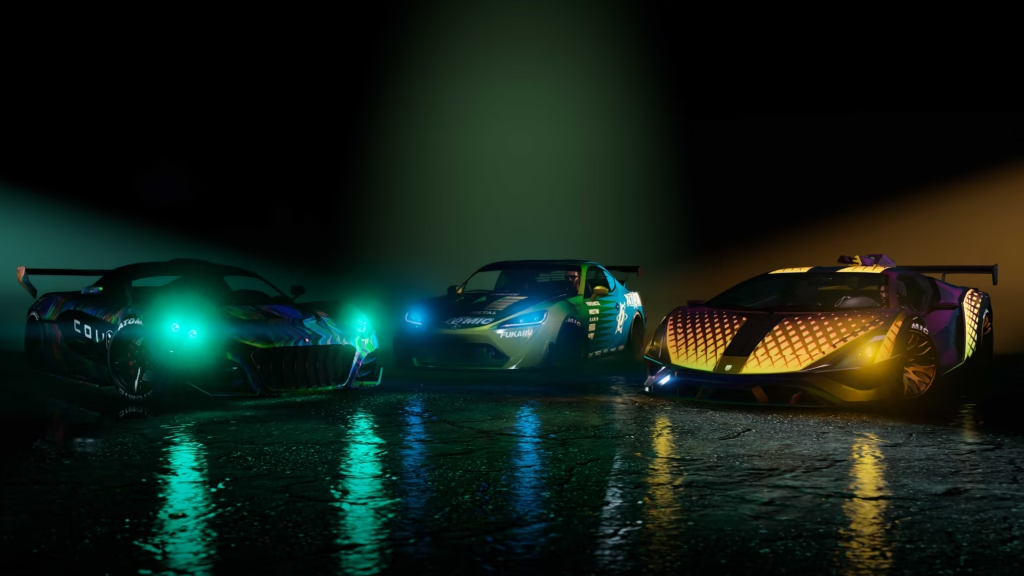If there’s one thing BioWare has taught us, it’s that you should always expect a good time when you’re in the company of a dwarf with a dry wit and a reptilian humanoid voiced by Brandon Keener (Garrus Vakarian in the Mass Effect games). And so it proves with Obsidian Entertainment’s latest roleplaying game, Avowed. But your companions — full of personality and bubbling over with banter — are just one part of what makes this game such a terrific experience, even though it rarely seems to do anything exceptional. We’ll get into the others shortly.
First, it’s worth considering that we might have been discussing a very different game, had the original draft of Avowed been executed. According to a recent Bloomberg blog (paywalled, of course), the plan for the game was a multiplayer Destiny meets The Elder Scrolls: Skyrim-type deal. That scheme was eventually scrapped, and the project was rebooted. There would be another reboot before the devs, the corpos and assorted power brokers decided that the final version would be a streamlined single-player experience à la The Outer Worlds, except in a fantasy setting.
And now in this said version, the game relies heavily on the world and lore of Obsidian RPG Pillars of Eternity. Fortunately though, Avowed doesn’t insist on you being up to speed with the goings-on in that title or its sequel. In the world of Eora, you assume the role of the Envoy — a powerful being from the Aedyr Empire, who’s been sent to the Living Lands to investigate a plague known as the Dreamscourge, which does strange things to flora, fauna, and the land itself, and it’s your job to get to the bottom of it. Not for the first time, you’re going to note that there’s nothing particularly unique, novel or innovative about some aspect of the game. This instance, it’s the premise. Before you can even spell ‘cordyceps’, you’ll think of dozens of IPs that involve a mysterious plague and some brave soul/s out to figure it all out. But who cares about innovation when it all just works so well?
A streamlined experience, for better or worse
At under 30 hours, Avowed isn’t a massive slog by any stretch, but it’s not a half-baked experience either. There’s plenty of magic and wonder to be found all around, without it burdening you with too many time sinks. The main story is focussed and has you interacting with a decent variety of characters and battling with a good mix of enemy types. The plot is sprinkled with key dialogue and action choices, making you really reflect on their possible ramifications, and naturally boosting replayability. Combat is extremely enjoyable and varied since you can not only switch between melee weapons and shields, spell-casting wands and grimoires, bows and arrows, as well as firearms, but mix and match between them.
I experimented with all the weapon types on offer, but found myself leaning more towards a mix of spells and bullets over dual-handed swords and axes. The ability to switch between two loadouts also made for more tactical and intuitive combat. Tied into this was the manner in which experience points can be used to increase particular skills. It meant that I was simultaneously working on (and upgrading skills pertaining to) two different strategies — one for melee situations and the other for ranged stuff. While your companions also have upgradeable skills, and you’d be well-advised to keep them sharp — particularly in the later levels — another example of the streamlining is that you can pretty much manage everything solo (without too much of a reliance on your pals) with your two loadouts.
Level design was another memorable aspect of Avowed, which isn’t an open-world game. It can best be described as a game comprising several open zones and, as such, there aren’t too many areas where you can go off on aimless walks (probably only a couple of such spaces). However, the game’s embrace of secret passages, verticality and unconventional pathways makes for exploration that isn’t overly convoluted, but also encourages you to go off and discover nooks and crannies, and the loot hidden therein.
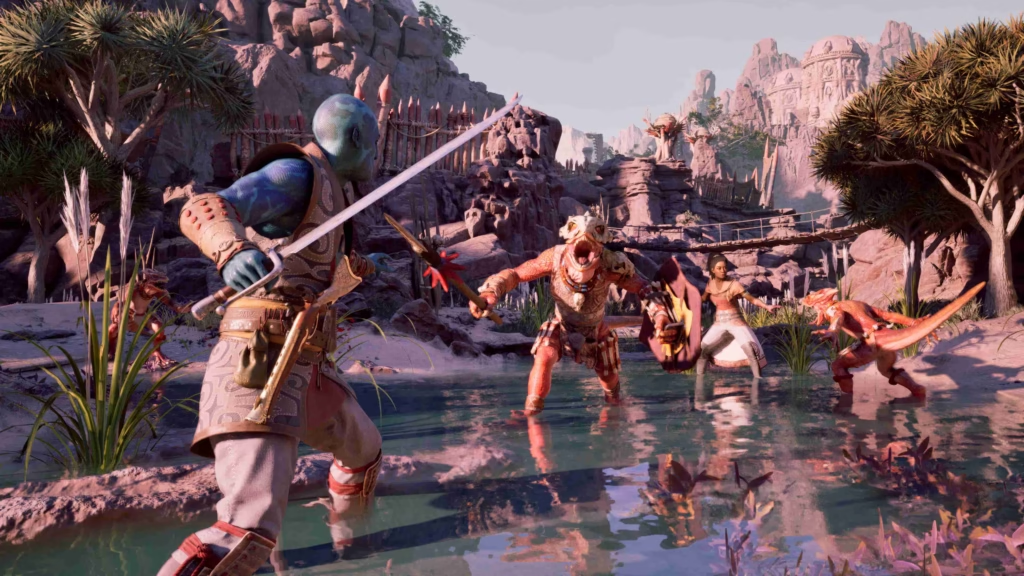
What I didn’t enjoy so much about the streamlining of things was the developers’ decision to not mess around with too many animal types (as enemies), but instead fill every single area with bears. Certainly, there were all manners of different types of bears, each with their own strengths and weaknesses, but this choice of enemy seemed a bit weird. Particularly when there are so many other fiercer and more menacing ones to choose from. I also didn’t care very much for the sparsely populated cities. It’s fine for desert regions or forests to be empty save for ne’er-do-wells, citizens in need of help and antagonistic forces. But when cities (described and spoken of as being thriving) are distinctly empty, it’s an issue; especially in the city of Paradis that is at the heart of most goings-on.
Avowed also happens to be quite pleasant to look at, but that isn’t to say it’s great. It’s clear that creating the most visually magnificent game on the planet wasn’t part of the brief, and it didn’t have to be. The game works well without having to engage in such pursuits. However, while there are performance and quality modes on the Xbox Series X, I could only use the former, since the framerate of the latter was incredibly unstable. And even in performance mode, I suffered frequent framerate drops, texture pop-in and most insufferable of all, instances of crazy stuttering during cutscenes. I’m hoping that an update can iron out these quirks, so I won’t dwell too long on them. Another unfortunate byproduct of a streamlined product: the lack of a photo-mode.
The rhythm of an RPG
One of my key metrics for gauging if I’m going to enjoy an RPG (or whether an RPG is even meant for me) is whether or not it sweeps me up in its rhythm, its ebbs and flows. It usually takes around an hour or two for me to bring myself up to speed with the various mechanics and basic premise of the game. And in the subsequent two or three, I’m able to gauge whether I’m in sync with the said rhythm of the game. In other words, am I ‘vibing’ with it? It’s here that a Mass Effect 2 distinguishes itself from an Assassin’s Creed Valhalla.
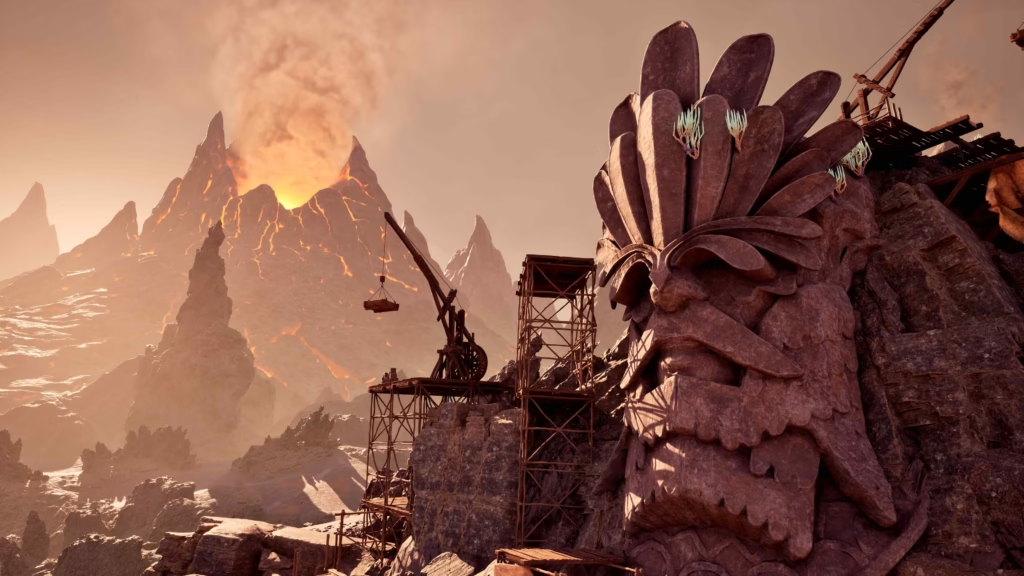
With games like the former, a pattern begins to emerge wherein the interspersal of main quests, side quests, exploration and random hijinks feels very organic and natural. Sure, the game may have objective markers pushing me in a particular direction or NPCs loudly indicating that XYZ has happened somewhere and maybe I should check it out, but those are easily ignored. It’s difficult to pin down this intangible trait in RPGs, suffice it to say that you’ll know you’re in the zone when you stop looking at the objectives list every few minutes and let the game take you on a journey. On the flipside, there are games in the latter category that quickly begin to resemble a bloated mass of busywork with very little soul.
Avowed falls firmly in the category of RPGs whose rhythm sweeps me along. One of the areas in which I distinctly experienced this most, and as mentioned earlier, was the manner in which the game offers up a massive amount of lore (as part of conversations with NPCs, journals and books to be found, and plaques and such nailed to various walls), without forcing you to engage very deeply with it. Only as much as you want. This is refreshing, particularly compared with certain other games that bury you under their lore, lexicon and backstory before you’ve had a second to so much as swing a sword around. The other appealing aspect of this approach is that it’s very much like real life. No one is compelled, for instance, to seek out every person they find in a new city and ask them every single thing about that place. You can do that if you like, but you don’t have to.
Then there’s the slick approach to weapons and inventory management. Rather than getting caught up on trying to kit yourself out with new weapons and armour every time, the game boasts a simple but effective crafting system. It rewards you for recycling old gear, gathering raw materials and crafting rare materials — and in so doing, keeps your inventory from being overloaded with junk. This is a useful gameplay mechanic, but what imbues it with that rhythm I’ve been banging on about is that you can only upgrade and enchant your weapons at a party camp.
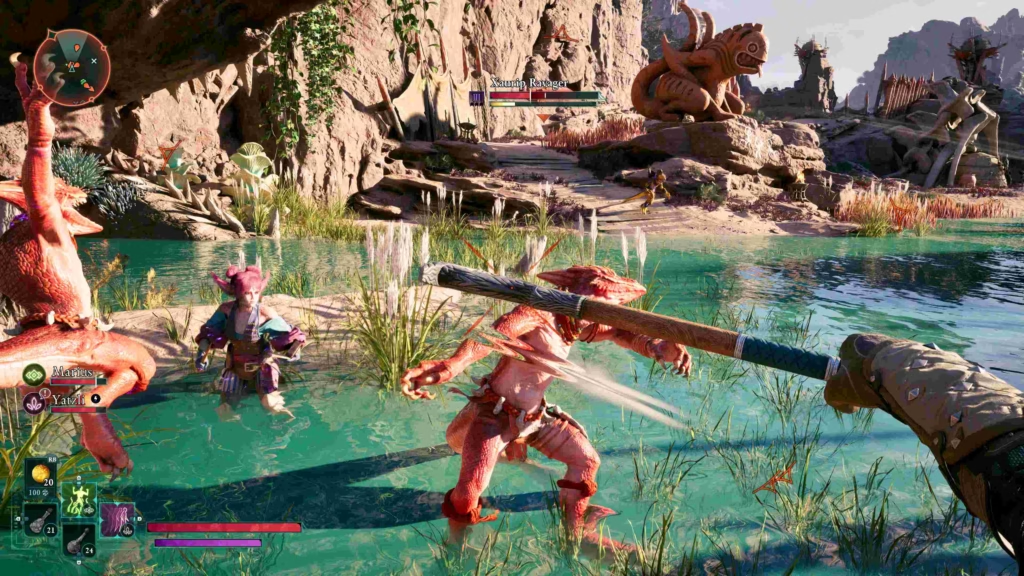
The party camp is a feature I thoroughly enjoyed in Dragon Age: Origins, but was sad to see it disappear in future editions of the franchise. Baldur’s Gate 3 did well to bring the concept back into the mainstream, and now it’s Avowed‘s turn. Aside from being a place to top up your health and essence (HP and MP, in other words), and indulge in some upgradation and enchantment, this is also where you can reflect on recent occurrences and developments with your companions. Aside from driving things forward narratively, this also gives all your actions a sense of consequence, or the feeling that someone’s taking note of what you’re doing, and that this could come back and bite you in the proverbial later on.
And finally, the pacing of the plot coupled mission structure allows events to flow smoothly from one into the next. The game makes it pretty obvious that the main quests are more critical than the optional ones, but being built as multi-part missions means you can step in and out of them at your leisure. This is something that also contributes to the rhythm of an RPG, where things can be slowed down when all the action or questing is getting too hectic.
Familiar threads, a new fabric
Over the course of my journey (your mileage will vary based on how many side quests you play), I was delighted to discover myself immersed in an intriguing world dotted with fascinating characters. Overall, I found Avowed to be a thoughtfully designed and well-executed game that, for the most part, is a delight to play. However, and as alluded to above, it does very little that can be considered unique, innovative, groundbreaking or avant-garde. Whether it’s the branching narrative, the dialogue, the traversal, the combat, the characters, or even the setting, I felt I’d seen most of it in other games, albeit in a slightly different form.
The colour palette was vivid, and very reminiscent of the bright and colourful look of The Outer Worlds, with purples remindful of Dragon Age: The Veilguard. The first-person mechanics are again very similar to those of The Outer Worlds — but not identical. We’ve seen the approach to companions as the one espoused by Avowed in other games, and it’s the same with the approach to branching dialogues and key decisions. Combat is certainly enjoyable and rather polished, but it bears similarities to a number of other games. The companions themselves were a mix of different personalities, moods and motivations, but nothing I’d never seen before. And by now, you can probably tell where I’m going with this.
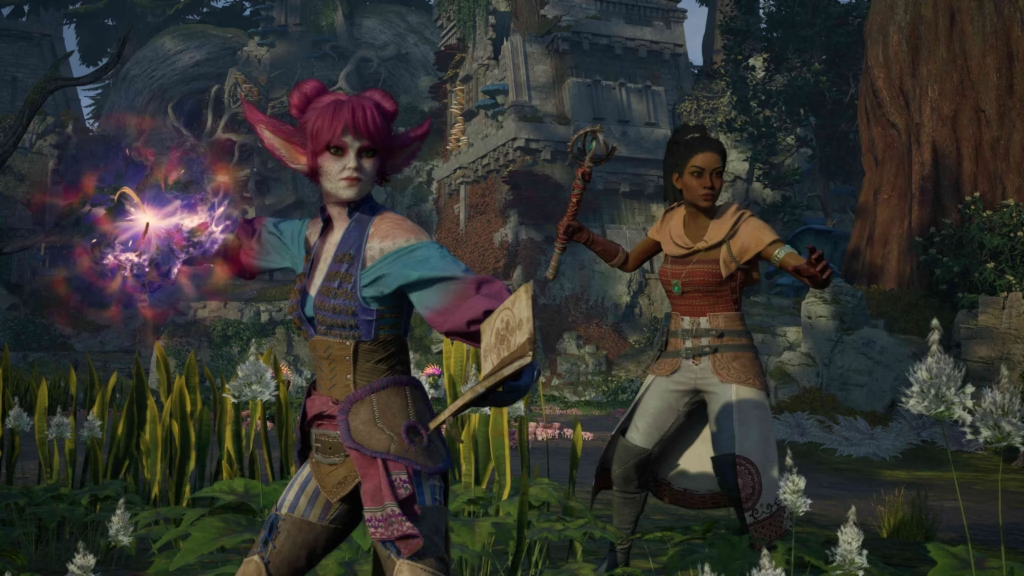
What becomes clear by the time you’re a few hours into Avowed is that Obsidian’s taken a box of very familiar acrylics and oils, and painted a picture that’s as well put together as it is conceptualised. In other words, this is a game that maximises existing systems, technology and conventions to achieve a sum that is greater than its parts. In a time and age when projects are scrapped because they aren’t offering anything unique or unable to hold their own in the rat-race of live-service games and franchises that churn out annual iterative releases, this is quite an achievement. For that reason and more, Avowed is an easy game to recommend, even though it does nothing spectacular.
Game reviewed on Xbox Series X. Review code provided by publisher
